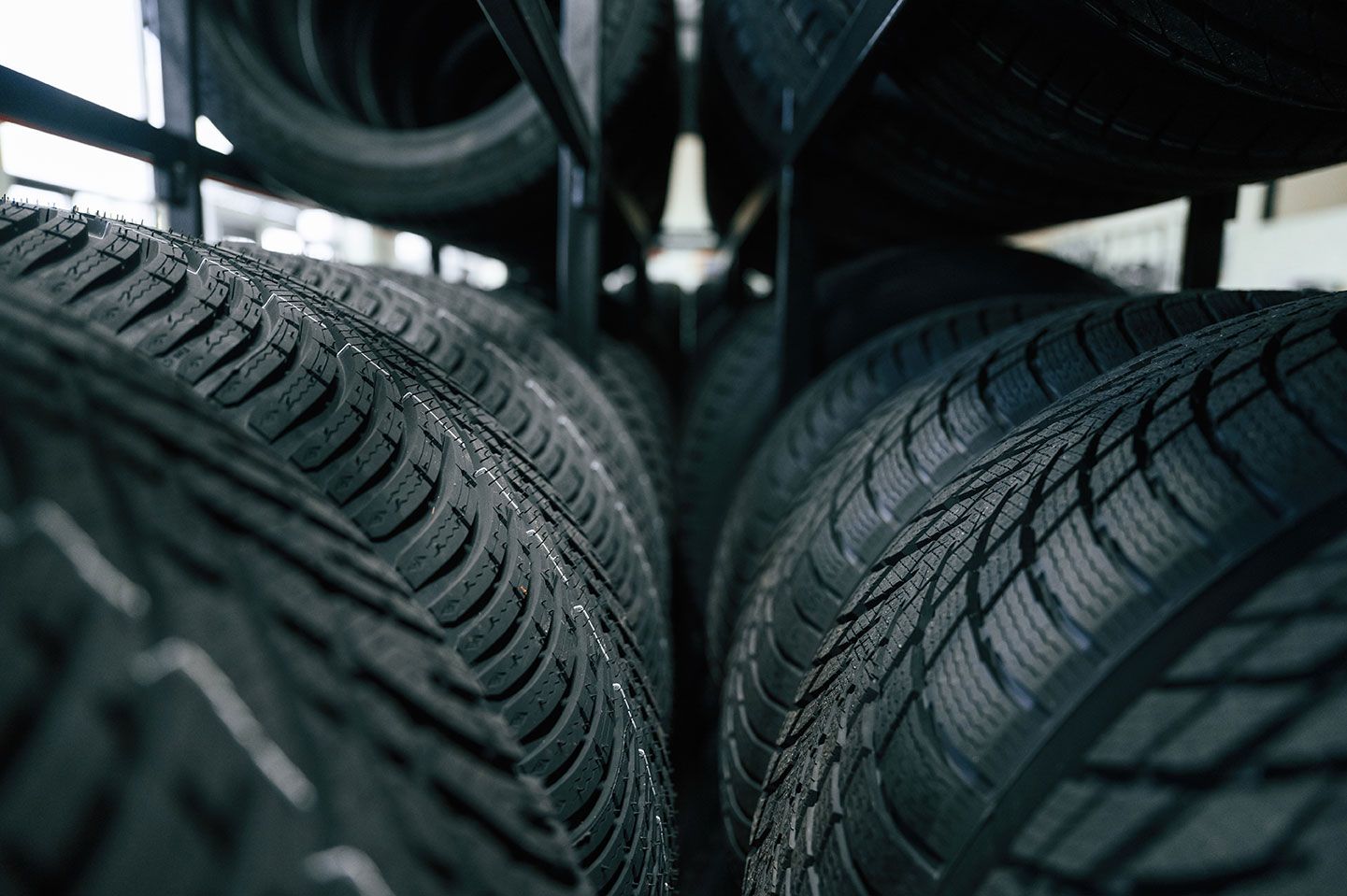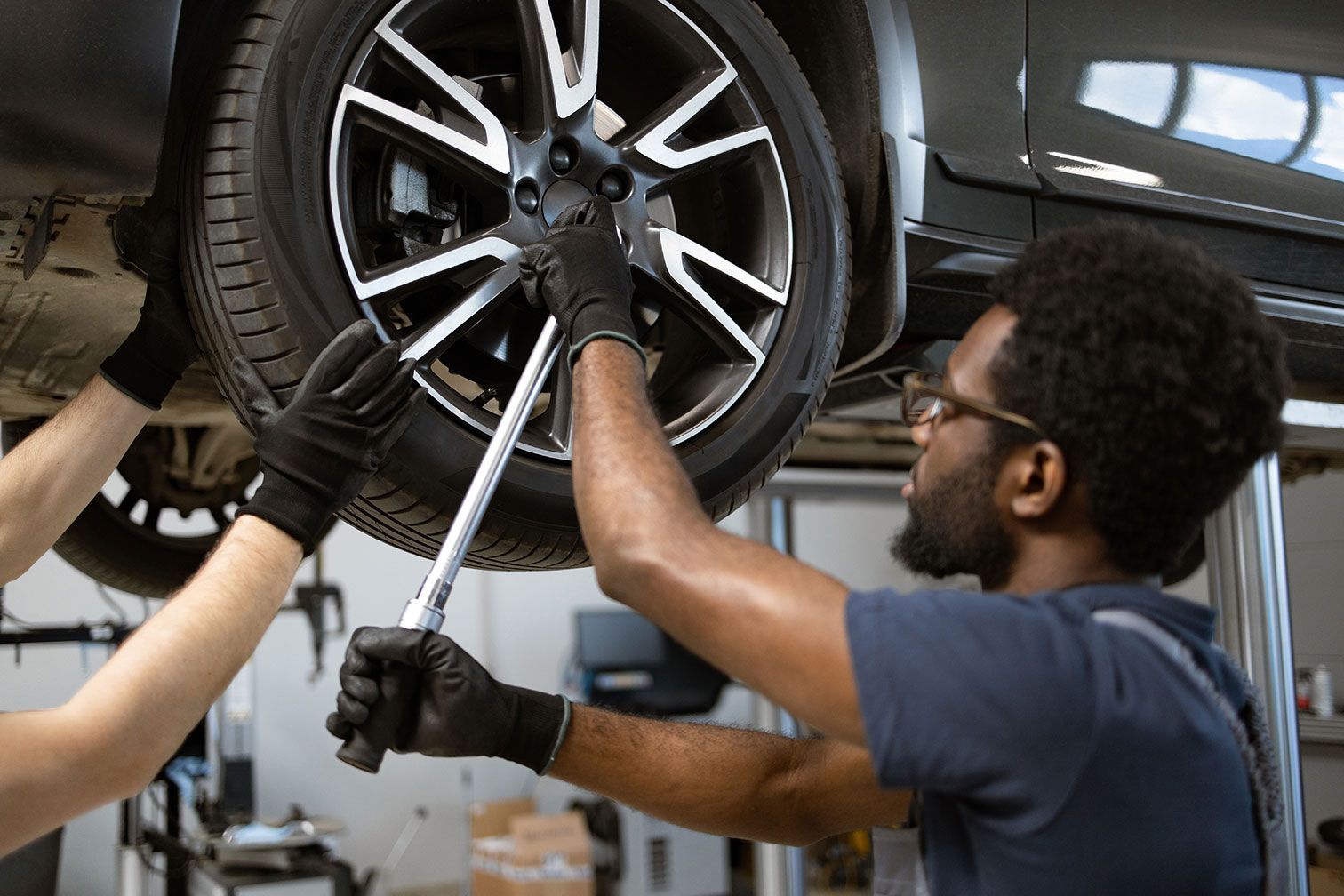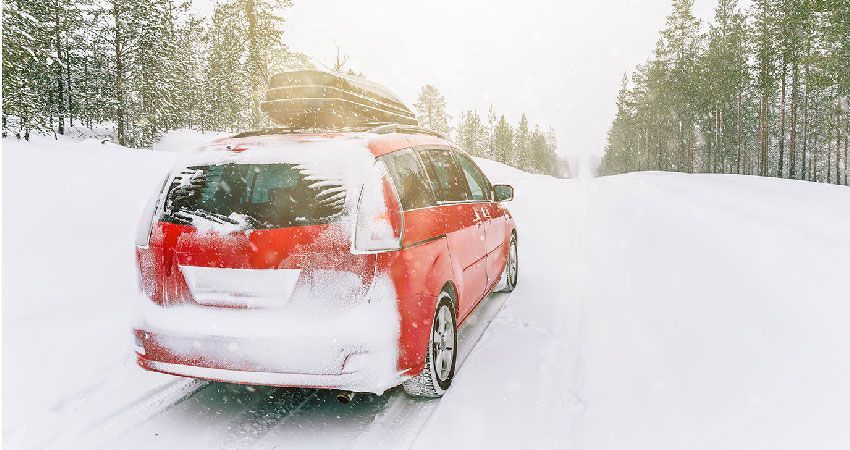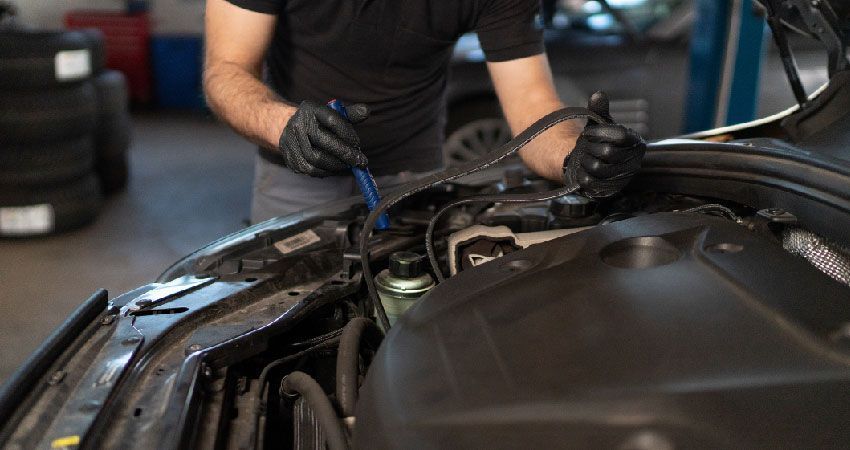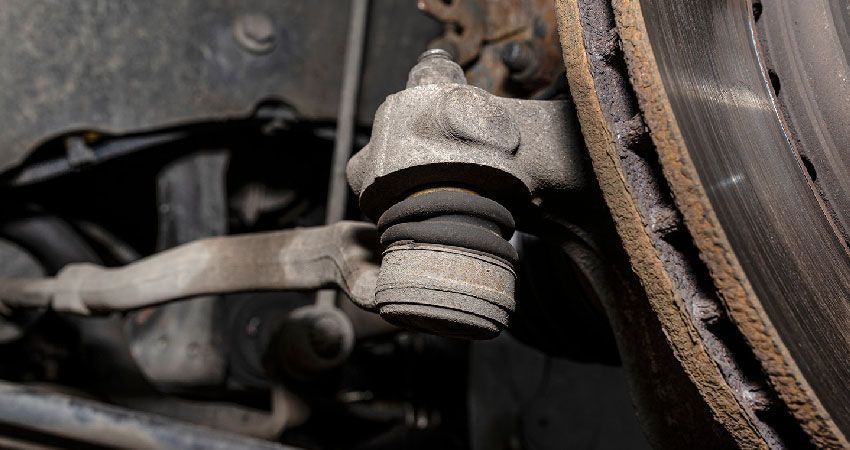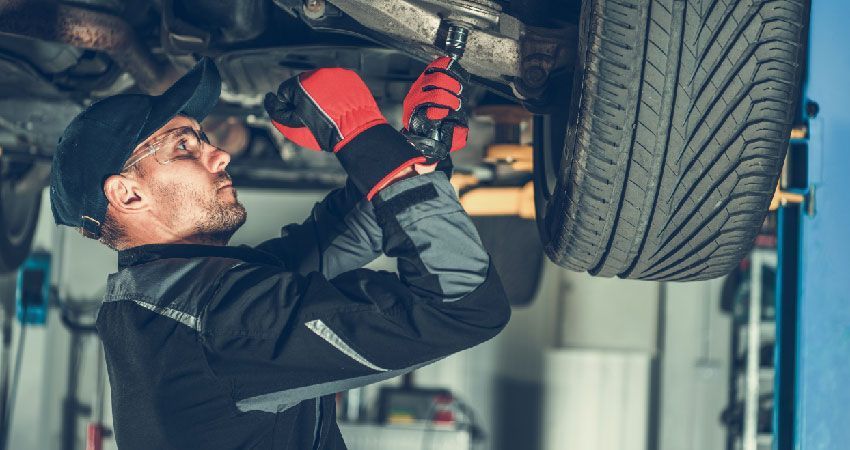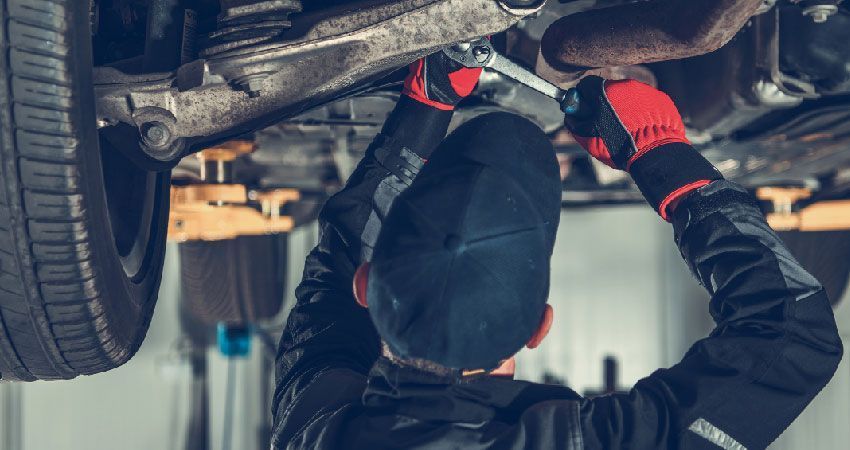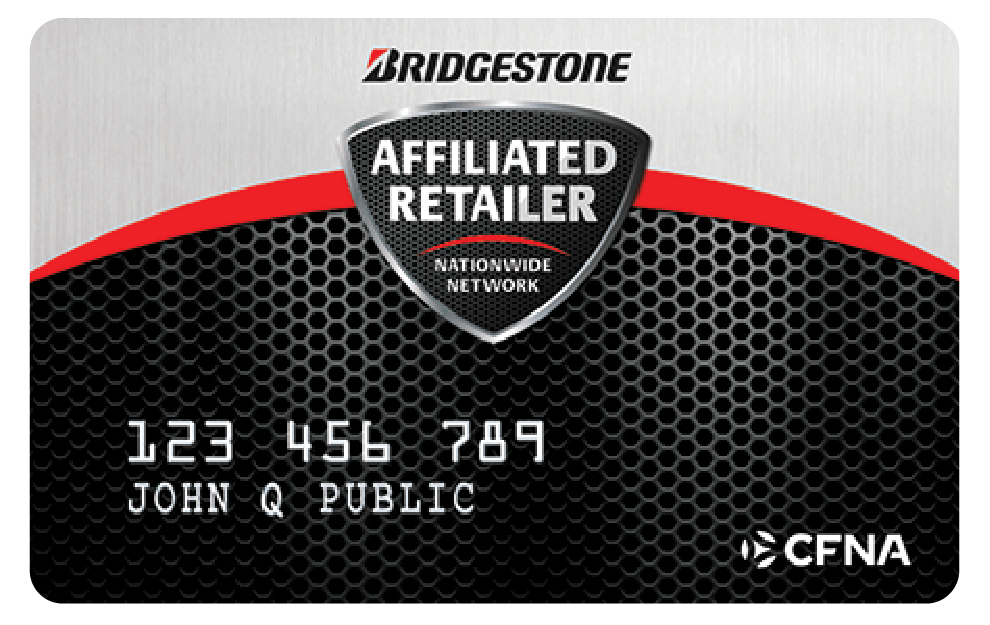Do All 4 Tires Need to Match on an All-Wheel Drive or Four-Wheel Drive Vehicle?

Do All 4 Tires Need to Match on an All-Wheel Drive or Four-Wheel Drive Vehicle?
Driving a four-wheel drive (4WD) or all-wheel drive (AWD) vehicle offers significant advantages in traction and stability, especially on challenging surfaces like snow, mud, sand, or wet pavement. However, ensuring that all four tires match is critical for maintaining vehicle performance and preventing costly driveline damage.
Why Tire Matching Matters for AWD and 4WD Vehicles
Both AWD and 4WD systems distribute power to all four wheels, providing better traction and control. However, this requires a precise balance in how each tire interacts with the road. If one tire rotates faster or slower than the others, it can place excessive stress on the vehicle’s differentials, viscous couplings, and transfer case, leading to premature wear or even failure.How Mismatched Tires Impact Your Vehicle
- Uneven Tire Wear and Diameter Differences
Tires with different diameters rotate at different speeds. For example, a new 225/45R17 tire with a tread depth of 10/32-inch has a diameter of 24.97 inches and a circumference of 78.44 inches, rolling approximately 835 times per mile. The same tire worn to 8/32-inch reduces to a diameter of 24.84 inches, with a circumference of 78.04 inches, rolling 839 times per mile. That seemingly small difference can significantly strain your driveline over time.
- Driveline Stress and Component Damage
Constantly mismatched tire speeds force your differentials and viscous couplings to work overtime, generating excess heat and increasing wear. This can eventually lead to costly component failures, such as damaged differentials or transfer cases.
- Handling and Performance Issues
Mismatched tires can also cause handling problems, such as axle binding, shuddering during acceleration, or difficulty shifting into 4WD mode. Some AWD systems, like Ford's Control Trac in 4Auto mode, may experience driveline noise or binding if the tire sizes vary too much.
Best Practices for Maintaining Matched Tires
To reduce the risk of driveline damage and ensure optimal performance, follow these tire maintenance tips:- Use Identical Tires
– Always install four matching tires with the same brand, model, size, and tread pattern. This keeps your tire diameters and rolling speeds consistent.
- Check Tread Depth Regularly
–
Replace tires
when the tread depth difference between them becomes significant. Even a few 32nds of an inch can impact how your vehicle handles.
- Maintain Proper Inflation
– Ensure all tires are inflated to the manufacturer’s recommended pressure to prevent uneven wear.
- Rotate Tires Consistently
– Regular tire rotations help promote even tire wear, extending the life of your tires and reducing strain on the driveline.
Conclusion: Protect Your AWD and 4WD System
For optimal performance and to avoid expensive repairs, always use matched tires on all four corners of your AWD or 4WD vehicle . Regular maintenance , proper inflation, and consistent tire replacement can keep your vehicle running smoothly and help you avoid costly repairs down the road.Comprehensive Coverage for All Your Automotive Repair Needs Awaits You!
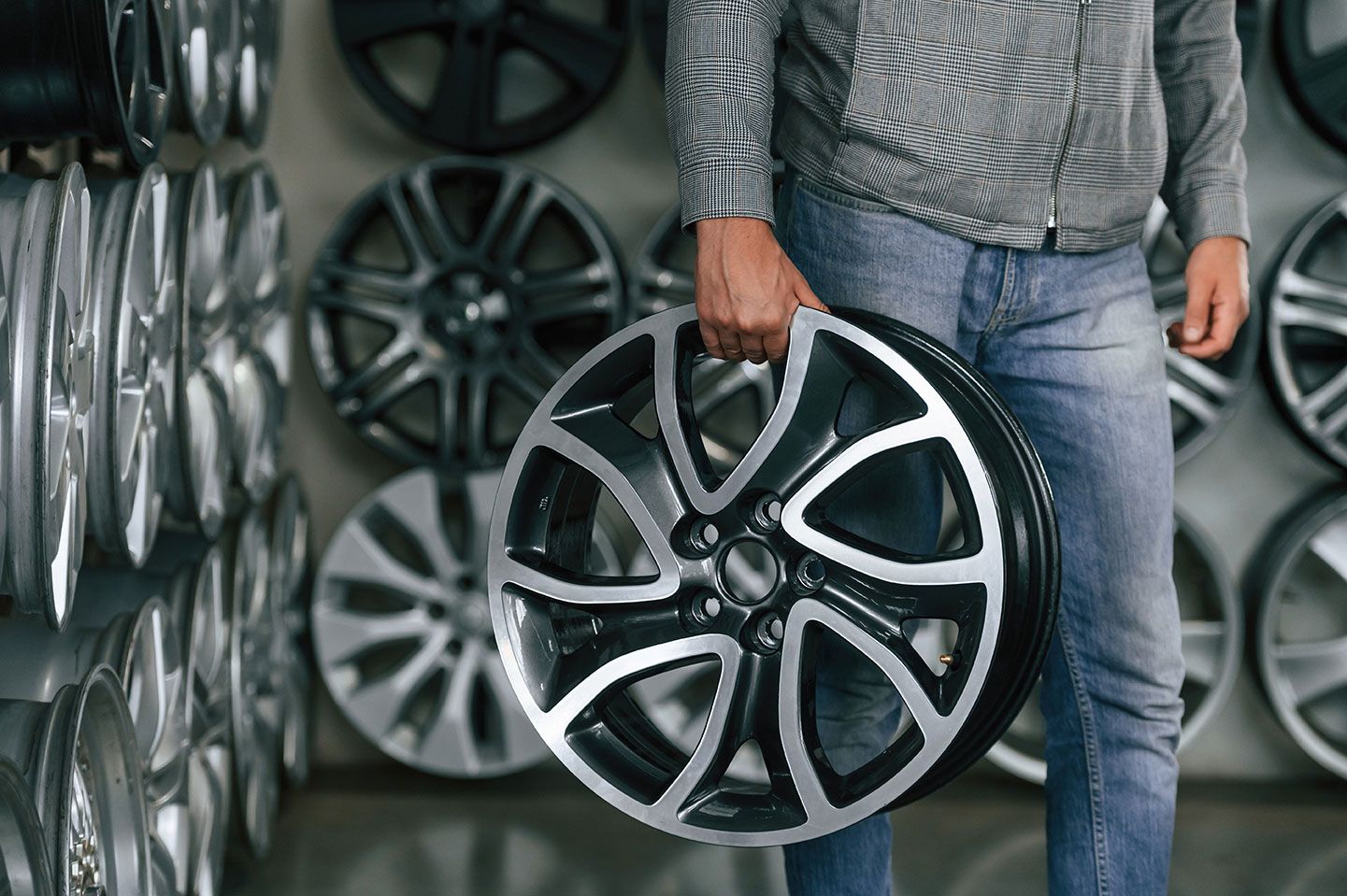
By Melissa Underwager
•
August 7, 2025
When it comes to the performance, safety, and aesthetics of your car, one often-overlooked but crucial component is the wheel. Car wheels serve not only as the foundation for movement but also play a significant role in handling, fuel efficiency, and overall driving experience. In this blog, we’ll dive deep into everything you need to know about car wheels, from their construction to how to choose the best ones for your vehicle.

